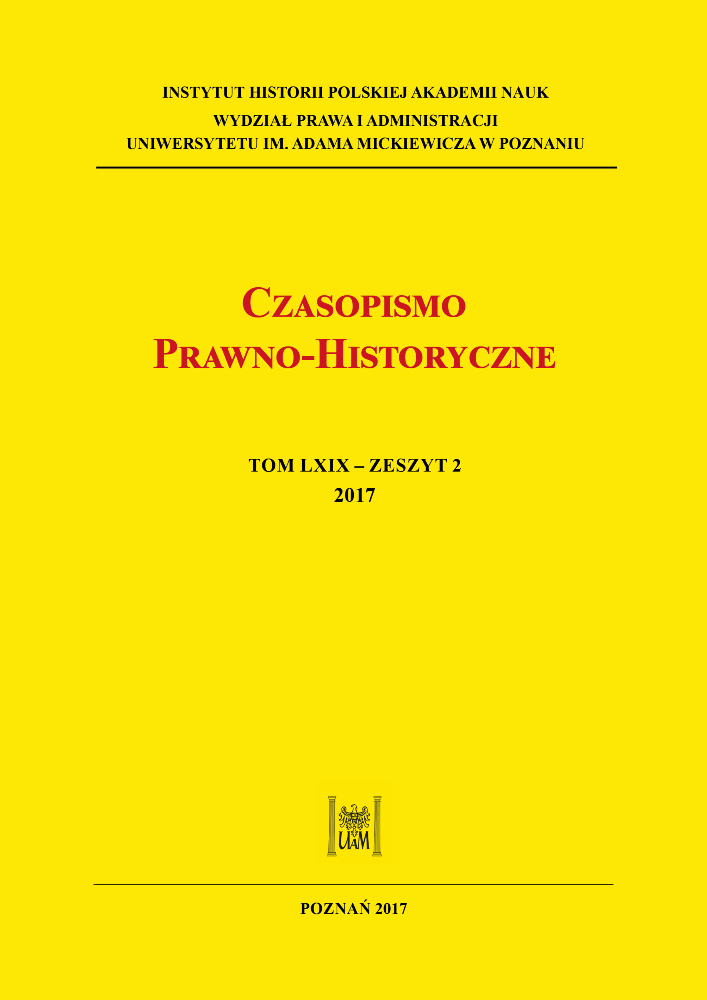Abstrakt
The convicts’ obligation to perform prison labour as an additional form of punishment beyond imprisonment appeared for the first time in the 16th century together with the creation of houses of correction. In the 19th century, statutory law pertaining to labour was regulated in many European penal codes. This concept was also included in the criminal legislation which was in force in the Kingdom of Poland, i.e. in the Penal Code (in forcesince 1818) and in the Code of Major and Correctional Punishments (since 1848). Initially, the work carried out by the prisoners in the Kingdom of Poland was primarily fiscal in nature. The purpose of the labour was for the prisoners to, at least partially, earn a living. However, the penitentiary concepts which began to emerge from the 1930s onwards also started to notice the educational and resocialization value of convict labour. At first, the
prisoners were mainly engaged in public works. And later, after 1832, they were put to work in prison workshops and factories. Moreover, they performed services for the benefit of private individuals. The Penal Code obliged the prisoners to work in case of convicts placed in prisons and jails. The Code of Major and Correctional Punishments, which was in force since 1848, maintained the prison labour obligation of the convicts’ sentenced to
imprisonment. This additional sanction was connected with the punishment of imprisonment in detention centres and it was also connected with being detained in workhouses or in houses of correction. People sentenced to lighter punishments and those temporarily deprived of liberty were free from penal labour.
Licencja

Utwór dostępny jest na licencji Creative Commons Uznanie autorstwa – Użycie niekomercyjne – Bez utworów zależnych 4.0 Międzynarodowe.




